#interesting history
Photo
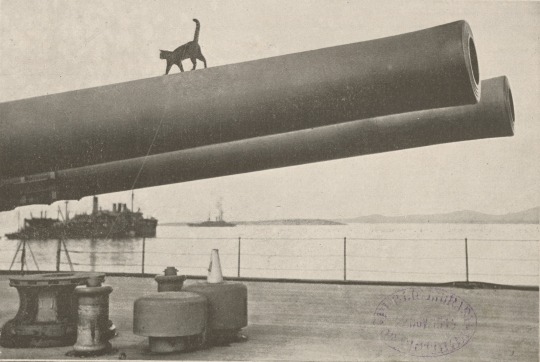
Continuing on in the long and time-honoured tradition of ‘cats being extremely confident in places they shouldn’t be’: meet the mascot cat of the H.M.S. Queen Elizabeth.
It was incredibly common for Naval vessels to have their own shipboard mascots in the form of cats, who offered the dual services of pest control below decks and morale and entertainment for the crew. Shipboard cats often had their own unofficial cat-sized hammocks and uniforms made for them, and they provided well-needed lightness to news reels throughout the turbulent years of World War One.
Here, one such cat can be seen parading along one of the 15 inch guns that made up this warship’s arsenal. Though her name is unknown, her pizzazz is immortalised in our collections. (SOURCE)
#cats#wartime#world war one#cats history#cat#funny#humorous#history#library#interesting#interesting history#historical photos#historical cats#did you know#pet#history of pets#queen elizabeth#warship#navy#Australia#libraries#librarian#support your library#silly cats#silly#booklr#humor#australian
187 notes
·
View notes
Text
The thunderbird is a legendary creature in particular North American indigenous peoples' history and culture. It is considered a supernatural being of power and strength.
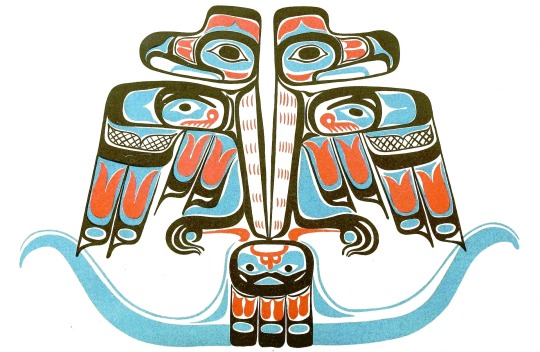
It is especially important and frequently depicted in the art, songs, and oral histories of many Pacific Northwest Coast cultures, but is also found in various forms among some peoples of the American Southwest, East Coast of the United States, Great Lakes, and Great Plains. In modern times it has achieved notoriety as a purported cryptid, similar to creatures such as Bigfoot and the Loch Ness Monster.
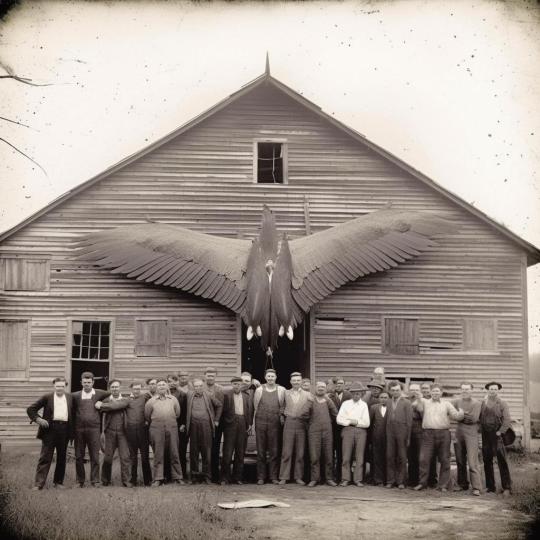
The thunderbird is said to create thunder by flapping its wings (Algonquian), and lightning by flashing its eyes (Algonquian, Iroquois).

In Algonquian images, an X-shaped thunderbird is often used to depict the thunderbird with its wings alongside its body and the head facing forwards instead of in profile.

The depiction may be stylized and simplified. A headless X-shaped thunderbird was found on an Ojibwe midewiwin disc dating to 1250–1400 CE. In an 18th-century manuscript (a "daybook" ledger) written by the namesake grandson of Governor Matthew Mayhew, the thunderbird pictograms varies from "recognizable birds to simply an incised X".
28 notes
·
View notes
Text
Pictures worth a thousand words: Historical Train Cars
Beyond the first class car there was an even more exclusive and outlandish way to travel the early railroad, and that was the private car. Commissioned by the wealthy, crafted by some of the worlds most talented architects, the upper crust spared few expenses to design railway mansions for themselves. Because god forbid they travel in any other fashion. If you’ve ever been reading your favorite romance novel and struggled to picture the brooding hero or the wide eyed heroine in their fancy schmancy private digs, or you just find history interesting, this is a fun post.
Some surviving photos:

A stateroom : Pullman Palace Car

Parlor room: Pullman Palace Car

Bedroom: The Sunbeam
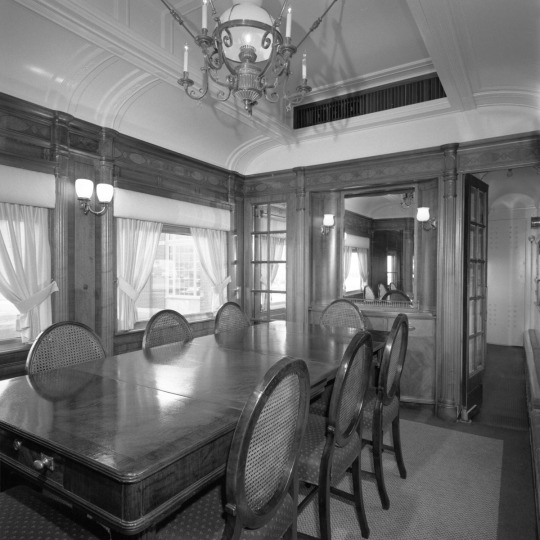
Dining room: Henry Ford’s, Fair Lane.

Dining room: The Sunbeam
And for a bit of color some images from restored private cars.
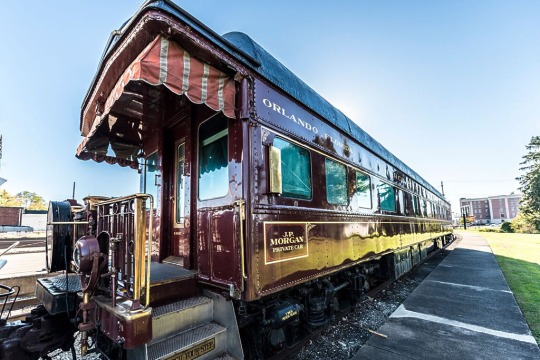


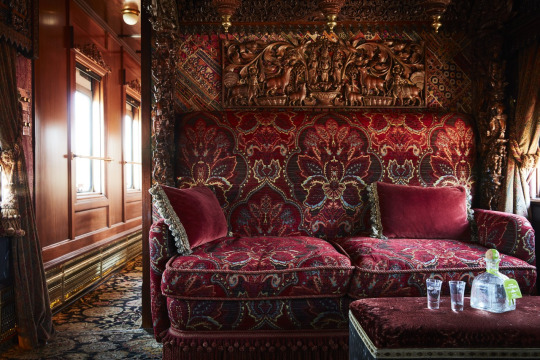
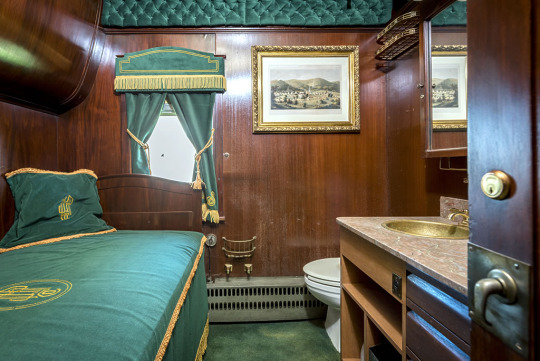
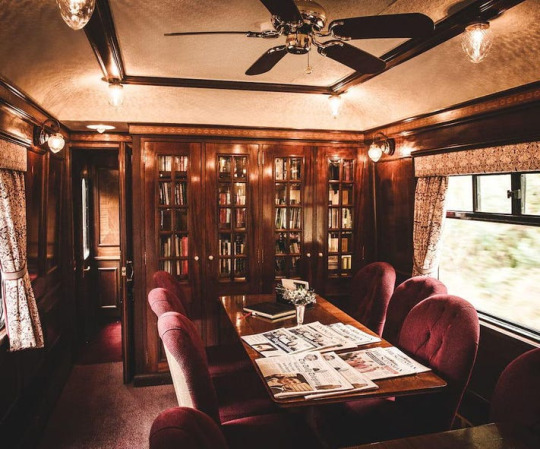
#to b with love#visual aids#interesting history#It's a dream of mine to ride on a restored train#one daaaaaay
17 notes
·
View notes
Text

𝐃𝐨𝐰𝐧 𝐭𝐡𝐞 𝐫𝐚𝐛𝐛𝐢𝐭 𝐡𝐨𝐥𝐞
𝘕𝘦𝘸𝘴𝘵𝘦𝘢𝘥 𝘈𝘣𝘣𝘦𝘺, 𝘕𝘰𝘵𝘵𝘪𝘯𝘨𝘩𝘢𝘮𝘴𝘩𝘪𝘳𝘦
#Alice in wonderland#lewis carroll#alice through the looking glass#newstead abbey#Christmas#christmas magic#Christmas time#interesting history#nottinghamshire
8 notes
·
View notes
Text

61K notes
·
View notes
Text
Unraveling the Anjikuni Mystery: A Fascinating History of Anjikuni
1 note
·
View note
Text
The Italian restaurant in my mom’s hometown WAS definitely a mob front. The owner briefly served in the Italian military, immigrated to America in his twenties back in the early 70s, mysteriously had enough money to open a chain of Italian restaurants and was convicted for trafficking cocaine across the Virginia/West Virginia area and spent 15 years in prison.
My mom had worked as a waitress at the place while she was a teenager and throughout her 20s and she realized that when she was sent to the restaurant’s sister location in West Virginia in a mysteriously packed car by her mysteriously nice boss, it probably wasn’t pizza ingredients she was hauling. It was the 80s. She was a tiny, very naive, conventionally attractive church girl with no criminal record so she was the perfect unwitting drug mule.
The thing was, this restaurant and the man who operated it were locally loved. Beyond large scale organized cocaine trafficking, food was his other passion. Everyone waited anxiously for him to get out of prison and when he did this guy started a crusade against the corrupt local sheriff’s office. He started doing anti-police brutality advocacy work WHOLEHEARTEDLY. Donating to local families who had been victims and participating in local drives and awareness campaigns.
Made men usually do local charity work but the balls on this guy to take up sword and spear against shitty corrupt ineffectual law enforcement. Incredible. One thing about Appalachians is that we hate the cops and we love social agitators. This guy lived a long eventful life and died recently of natural causes and the overwhelming outpouring of love for him on Facebook was incredible, a uniting force that the town had not seen in decades, everybody was sharing their favorite stories about him and I’m sure local law enforcement was fuming.
#the history of the mafia in Appalachia is really interesting#how Italian organized crime thrived from the 60s to the 90s in Appalachia and still exists there today#swooped right in after the coal boom
13K notes
·
View notes
Text

2,300-Year-Old Plush Bird from the Altai Mountains of Siberia (c.400-300 BCE): crafted with a felt body and reindeer-fur stuffing, all of which remains intact
This artifact was sealed within the frozen barrows of Pazyryk, Siberia, for more than two millennia, where a unique microclimate enabled it to be preserved. The permafrost ice lense formation that runs below the barrows provided an insulating layer, preventing the soil from heating during the summer and allowing it to quickly freeze during the winter; these conditions produced a separate microclimate within the stone walls of the barrows themselves, thereby aiding in the preservation of the artifacts inside.
This is just one of the many well-preserved artifacts that have been found at Pazyryk. These artifacts are attributed to the Scythian/Altaic cultures.
Currently housed at the Hermitage Museum.
#archaeology#anthropology#history#artifact#artifacts#siberia#scythians#archeology#museum#amazing#interesting#stuffed animals#ancient history#prehistoric#crafting#felt art#art#prehistoric art#hermitage museum#human nature
45K notes
·
View notes
Photo
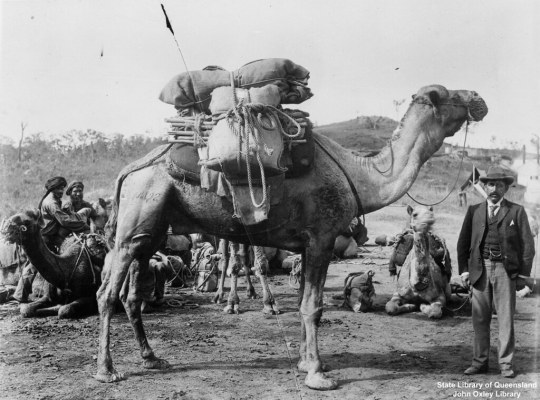
Did you know that Australia had a thriving community of camel merchants?
At the turn of the 19th and 20th century, remote communities relied on these traders to deliver all kinds of delightful and difficult to source goods. The convoys would cross the harsh inland environments of Queensland to reach stations and townships.
Camels are not native to Australia, and as railroads, automobiles, and even air travel made access easier, this mode of commerce fell out of fashion. Camels were turned loose, no longer serving a purpose, and have since run rampant across Australia’s delicate desert ecosystems, wreaking havoc and threatening the survival of many of Australia’s unique desert fauna.
Negative number: 13127
You can view the original image HERE: LINK
#camels#desert#19th century#travel#20th century#1880s#interesting history#niche history#from the collections#library#libraries#support libraries#museum#antique#history#historical#australian history#queensland history#state library of queensland#librarian aesthetic#libraries and museums#dark academia#did you know#world history
16 notes
·
View notes
Text
Domenico Bellizzi (1918–1989), also known under the pseudonym of Vorea Ujko, is among the most popular and respected of the Arbëresh poets.
Domenico Bellizzi was a modest priest from Frascineto in Calabria who taught modern literature in Firmo.
Bellizzi died in a car accident in January 1989.

Bellizzi's verse, a refined lyric expression of Arbëresh being, has appeared in many periodicals and anthologies and in seven collections, four of which were published in Italy, two in Albania and one in Kosovo.
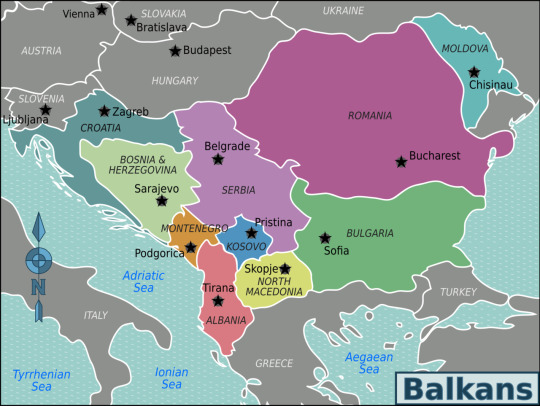
Bellizzi is a poet of rich tradition. He is the worthy heir of the great nineteenth-century Arbëresh poets Girolamo De Rada (1814-1903) and Giuseppe Serembe (1844-1901), whom he admired very much.
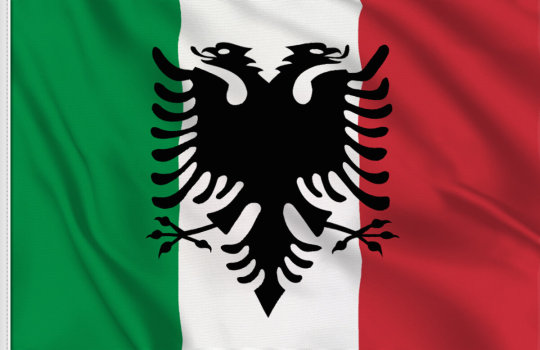
His verse is intimately linked with the Arbëresh experience, imbued with the gjaku i shprishur (the scattered blood). Though devoid of the lingering sentiments of romantic nationalism so common in Albanian verse, and the standard motifs of exile lyrics, Bellizzi's poetry does not fail to evince the strength of his attachment to the culture of his Balkan ancestors despite five hundred years in the dheu i huaj (foreign land).
1 note
·
View note
Text
This is an art nerd post. ;]
Jeanne Hébuterne. Does the name sound unfamiliar? Probably. She hasn't had a lot of recognition until fairly recently. However, this post is not about her paintings or sketches– it is about who she was, as a person; and that, ultimately, is her real art. Her life.
তততততততততততততত༻✧༺ততততততততততততততত

ততততততততততততততততততততততততততততততততততত
Her life and love story is said to be a tragic one, and many can agree; like her brother André, who also aspired to become a painter, she studied at the Académie Colarossi in Paris, where she met Amadeo Modigliani in 1916, being 19 years old, and Modi, as she called him, 33, 14 years her senior.
Now, if you don't know who Modigliani is, you're missing out. But this post isn't about him, so I'll let you do the research for yourself. It suffices to say, Jeanne's family heavily disapproved of him, and they heavily influenced each other in their art.
Modigliani lived an erratic lifestyle; one of drugs, alcohol, women, and one redeemable quality: art. Jeanne became Modigliani’s partner and model for many portraits, and committed suicide after his death.
If that's not something worthy of a tragic play, I don't know what is.
Now, to reach the actual topic of this post– Jeanne is said to have been very reticent and taciturn, and of a shy, quiet, and delicate character. Her self-portraits and lifestyle, however, seem to dispute this impression.
She seemed to have her own idea of herself, and though I cannot say for sure, as I did not know her, and have not studied about her enough, I think she was probably irked and defiant of this image people had created for her, believing that they really did not know her. I find myself resonating with this.

It is a problem I think many quiet creative people have. People like to stick labels on each other, and for people who have a lot of depth and colour to their personality that isn't instantly apparent, it can be especially annoying.
Perhaps that is why they create things. As a way of expressing themselves and parts of themselves that they feel are misunderstood or unseen.
Art has many purposes, and this is just one of them. And this purpose is the reason for other things as well.
"Reading through period memoirs, we catch glimpses of Jeanne in different settings: she was seen at the fabled performance of Parade which had brought together the creative efforts of Satie, Picasso, and Cocteau. She was among the guests at Kisling’s riotous wedding celebration. She frequented the cafes, art academies, and art studios of Montparnasse –and she lived –halfway- with Modigliani and studied painting at his side. She gravitated near the center of a cultural revolution in contact with the people who would change the future of art. From photographs and memoirs by her friends, we know that she designed her own clothes and jewelry, and loved wearing unusual ponchos, turbans, etc.
She aspired to a fully creative life. She wanted her life to be art and make art her life." (Linda Lappin, author of Loving Modigliani: The Afterlife of Jeanne Hèbuterne, in an interview with Nadine Waldmann, an author for the DailyArt magazine.)
I find her preference for designing her own apparel to be similar to Monet's obsession with his garden– the desire to make the subject exactly how you want it to look before you even paint it.
In a sense, Monet's garden was just as much his art as his paintings were, and I feel Jeanne held a similar sentiment with herself. That, not only were the paintings art, but so was she, and her lifestyle too. And I agree wholeheartedly.
#art#a lifestyle of art#art nerd#art history#artist problems#female artists#art philosophy#paintings#little known artists#interesting history
0 notes
Text
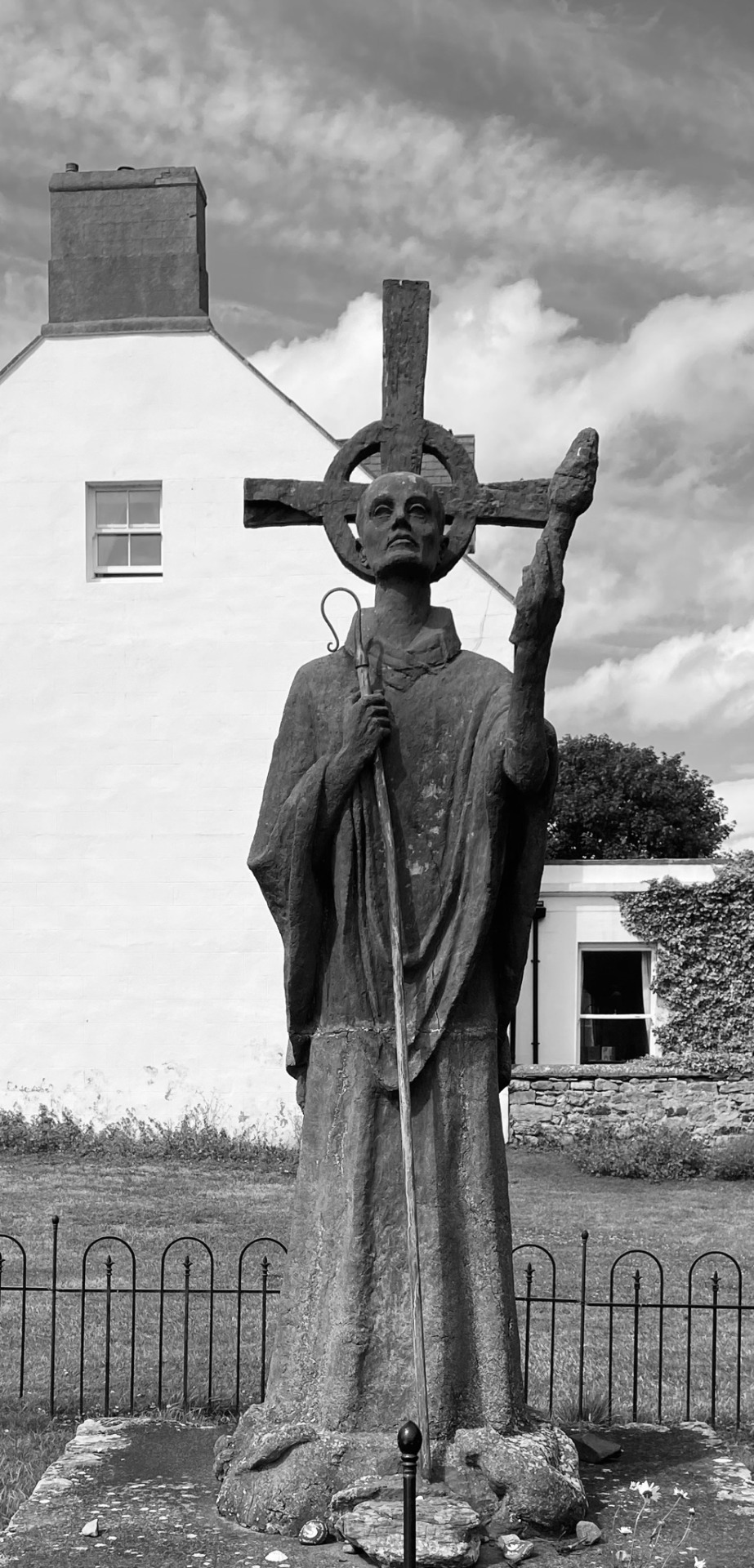
𝑺𝒕 𝑨𝒊𝒅𝒆𝒏 𝒐𝒇 𝑳𝒊𝒏𝒅𝒊𝒔𝒇𝒂𝒓𝒏𝒆
𝘢𝘯 𝘐𝘳𝘪𝘴𝘩 𝘮𝘰𝘯𝘬 𝘢𝘯𝘥 𝘮𝘪𝘴𝘴𝘪𝘰𝘯𝘢𝘳𝘺 𝘤𝘳𝘦𝘥𝘪𝘵𝘦𝘥 𝘸𝘪𝘵𝘩 𝘤𝘰𝘯𝘷𝘦𝘳𝘵𝘪𝘯𝘨 𝘵𝘩𝘦 𝘈𝘯𝘨𝘭𝘰-𝘚𝘢𝘹𝘰𝘯𝘴 𝘵𝘰 𝘊𝘩𝘳𝘪𝘴𝘵𝘪𝘢𝘯𝘪𝘵𝘺 𝘪𝘯 𝘕𝘰𝘳𝘵𝘩𝘶𝘮𝘣𝘳𝘪𝘢. 𝘏𝘦 𝘧𝘰𝘶𝘯𝘥𝘦𝘥 𝘢 𝘮𝘰𝘯𝘢𝘴𝘵𝘪𝘤 𝘤𝘢𝘵𝘩𝘦𝘥𝘳𝘢𝘭 𝘰𝘯 𝘵𝘩𝘦 𝘪𝘴𝘭𝘢𝘯𝘥 𝘰𝘧 𝘓𝘪𝘯𝘥𝘪𝘴𝘧𝘢𝘳𝘯𝘦, 𝘬𝘯𝘰𝘸𝘯 𝘢𝘴 𝘓𝘪𝘯𝘥𝘪𝘴𝘧𝘢𝘳𝘯𝘦 𝘗𝘳𝘪𝘰𝘳𝘺, 𝘴𝘦𝘳𝘷𝘦𝘥 𝘢𝘴 𝘪𝘵𝘴 𝘧𝘪𝘳𝘴𝘵 𝘣𝘪𝘴𝘩𝘰𝘱, 𝘢𝘯𝘥 𝘵𝘳𝘢𝘷𝘦𝘭𝘭𝘦𝘥 𝘤𝘦𝘢𝘴𝘦𝘭𝘦𝘴𝘴𝘭𝘺 𝘵𝘩𝘳𝘰𝘶𝘨𝘩𝘰𝘶𝘵 𝘵𝘩𝘦 𝘤𝘰𝘶𝘯𝘵𝘳𝘺𝘴𝘪𝘥𝘦, 𝘴𝘱𝘳𝘦𝘢𝘥𝘪𝘯𝘨 𝘵𝘩𝘦 𝘨𝘰𝘴𝘱𝘦𝘭 𝘵𝘰 𝘣𝘰𝘵𝘩 𝘵𝘩𝘦 𝘈𝘯𝘨𝘭𝘰-𝘚𝘢𝘹𝘰𝘯 𝘯𝘰𝘣𝘪𝘭𝘪𝘵𝘺 𝘢𝘯𝘥 𝘵𝘩𝘦 𝘴𝘰𝘤𝘪𝘢𝘭𝘭𝘺 𝘥𝘪𝘴𝘦𝘯𝘧𝘳𝘢𝘯𝘤𝘩𝘪𝘴𝘦𝘥 (𝘪𝘯𝘤𝘭𝘶𝘥𝘪𝘯𝘨 𝘤𝘩𝘪𝘭𝘥𝘳𝘦𝘯 𝘢𝘯𝘥 𝘴𝘭𝘢𝘷𝘦𝘴).
#staiden#lindisfarne#holy island#Christianity#bamburgh#northumbria#Northumberland#apostle#Iona#bishop#king Oswald#priory#monk#interesting history
7 notes
·
View notes
Text

4K notes
·
View notes
Text
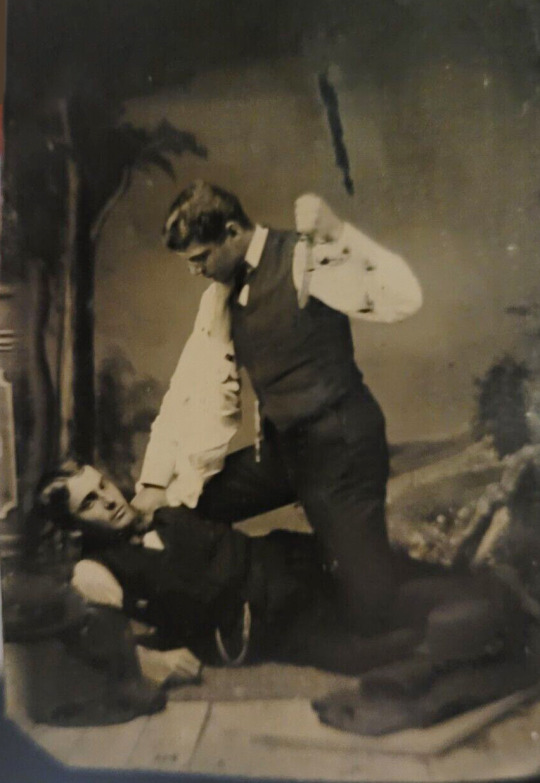
Tintype of what appears to be a light-hearted spot of stabbing between friends, circa 1880
#are they... you know... recreational homicide reenactors?#gay interest#19th century#19th century photography#tintype#ferrotype#19th century fashion#men's fashion#historical fashion#fashion history#1800s#1880s#winning hearts not acting awards
19K notes
·
View notes
Text
I do think it’s unfortunate that people (europeans) automatically assume that “american” style versions of foods are immediately the most bastardized version done purposefully out of lack of culture, when the reality a lot of times it’s rooted in a response of millions of poor immigrants stepping foot in a foreign land attempting to recreate beloved recipes with what few ingredients were available and affordable
#delete later#I took a food history course about immigrants in America and it was sooooooo interesting
8K notes
·
View notes